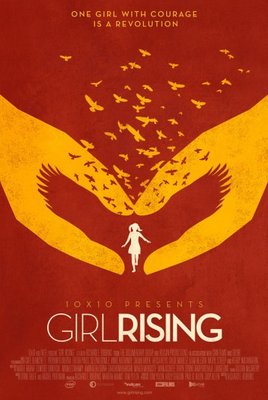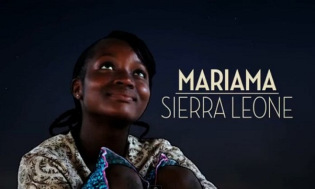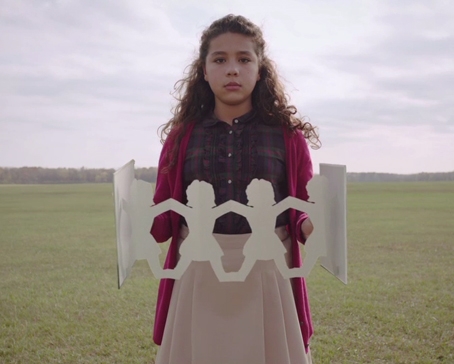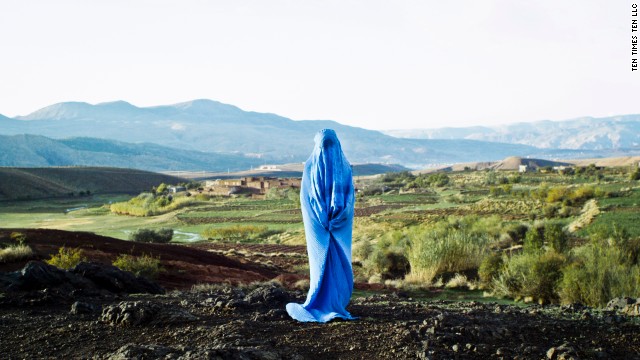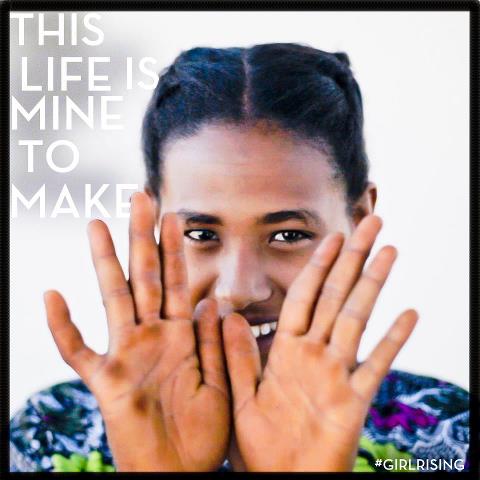Time for a serious interlude. Our Spirits Don’t Speak English: Indian Boarding School is an 80-minute documentary that tells a story about the Indian boarding school experience from the Native American perspective. The dark history of Indian boarding schools sanctioned by U.S. government policy is a stain on this nation, but one that very few people know about. This film provides an emotional and logical overview of these boarding schools and the continuing effects on today’s Indigenous populations.
[youtube_sc url=”https://www.youtube.com/watch?v=G1TCQf2NTFc”]
The film begins with a voiceover by August Schellenberg as white text punctuates a black screen to emphasize certain words and phrases. Interviews with Native peoples who survived the boarding schools and those who had parents or grandparents who survived them provide some of the most compelling information – the first-person story. Produced by Rich-Heape Films, a Native American owned company, Our Spirits Don’t Speak English weaves interviews, narration by Gayle Ross, a Cherokee historian and storyteller, historical photographs, and contemporary stories of experience for the Indigenous peoples who continue to be affected by the cultural, emotional, and spiritual damage done by these boarding schools.

Gayle Ross explains after the opening segment, “In the beginning, going to school for Indian children meant listening to stories. These tales were metaphors for life experience, often involving heroes and monsters, conquest and survival. It’s not unlike the story we’re here to tell today, for one of the most formidable challenges in our past was the Indian boarding school experience.”
Dr. Clifford Trafzer, professor of American Indian history, director of public history, and director of graduate studies at the University of California, Riverside, provides some historical perspective: “Columbus, and those who came in his wake, expected Indian people to become European-like. That has been the educational system of Europeans and Americans from the start, to try and destroy that which was Indian.”

This perspective leads into a personal story told by Rose Prince Prince (Yupik, Wrangell Institute). Her anger and emotions are held in check, but clearly bubbling beneath the surface of her words and eyes: “I want to tell you where I came from. A safe, warm, loving home. I was never hungry, I was never cold. My parents took good care of me. I was well-dressed, had all that I needed, I was loved. And I was taken from that and put in a cold institutional environment, made to strip. My identity was taken away. Who I was was gone.”

These stories and perspectives continue throughout the film, deepening the viewer’s understanding of the cultural genocide that occurred here not that long ago. In 1819, the American Congress pass the Indian Civilization Act, designed to “civilize the Indians and, indirectly, Christianize them” (Boarding School Blues 10). Established in 1879 by Captain Richard Henry Pratt, the Carlisle Indian Boarding School in Pennsylvania was a “living experiment” in which to “destroy the cultural foundation of Native Americans so that they could enjoy full citizenship” (Boarding School Blues 14 and 101). If any of this surprises or shocks you, or if it is new information, you should spend the 80 minutes to watch Our Spirits Don’t Speak English. Begin your education anew and while watching this film, remember that it presents a decidedly negative view of the boarding school experience.
There are Indigenous peoples for whom the experience was more positive. However, most scholars accept that the over-arching experience was ultimately a negative one for most who lived through it. The range of stories and perspectives on this cannot be contained by one 80-minute documentary, but it is a good start.
[youtube_sc url=”https://www.youtube.com/watch?v=qDshQTBh5d4″ title=”Interview%20excerpts%20with%20Andrew%20Windy%20Boy”]
Recommended reading for anyone interested in the subject and history of Indian boarding schools:
Boarding School Blues (2006), edited by Clifford Trafzer, Jean Keller, and Lorene Sisquoc
They Called It Prairie Light: The Story of Chilocco Indian School (1994) by K. Tsianina Lomawaima
Education for Extinction: American Indians and the Boarding School Experience 1875-1928 (1995) by David Wallace Adams
Our Spirits Don’t Speak English is available from Rich-Heape Films for home or public viewing use and can also be purchased from such retailers as Amazon, but is not available to stream. This film would make an excellent addition to any curriculum discussion of American education, Native American experiences, American history, or government treatment of citizens.

_____________________________________
Dr. Amanda Morris is an Assistant Professor of Multiethnic Rhetorics at Kutztown University of Pennsylvania with a specialty in Indigenous Rhetorics.


